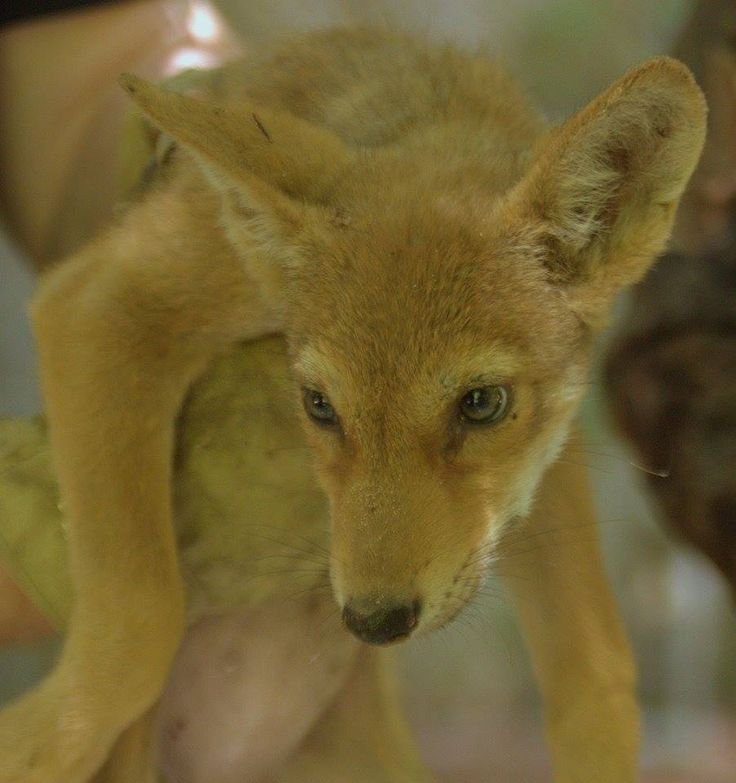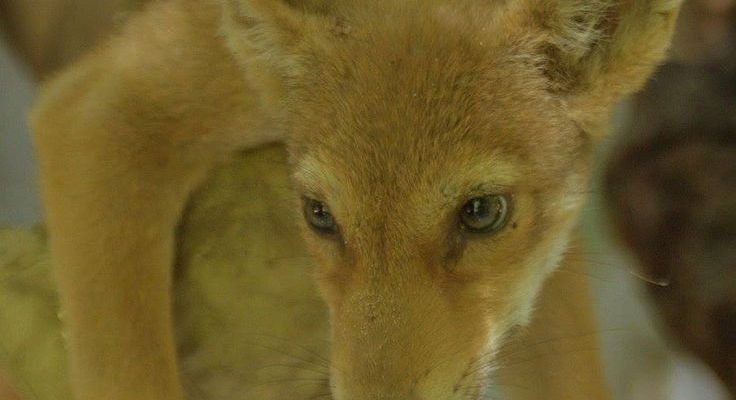
So, how do these animals bounce back from such a tough situation? Well, just like humans often need some time and care to heal after an illness, wild animals go through their own recovery processes. This article dives into the journey of recovery after wolf worm exposure, exploring the challenges animals face and how they can regain their health. We’ll discuss the signs to watch for, the care they might need, and what we can do to help them in the wild.
What Are Wolf Worms?
Let’s start with the basics. Wolf worms are the larvae of botflies, and they can be quite the nuisance. They typically invade the skin of their host animals, burrowing into their flesh. This can cause swelling, pain, and infections. It’s a bit like having an annoying splinter but much worse! Animals usually get infected when they come into contact with the eggs laid by the female botfly. These eggs hatch and then attach to the skin, starting their damaging journey.
You might be wondering how widespread this issue is. Wolf worms are more common than you think, especially in areas where wildlife thrives, like forests and grasslands. However, their presence varies by region, and some animals are more susceptible than others. For instance, small mammals like rabbits may be at higher risk due to their habitats.
Signs of Infection
Noticing the signs of wolf worm infection can be the first step toward helping an animal recover. Common signs include visible swelling on the body, and sometimes you can even see a breathing hole—yes, that’s where the worm is hanging out! This can look alarming, but spotting these signs early can make a big difference.
Here are some symptoms to keep an eye out for:
- Swelling or lumps on the skin.
- Visible holes or openings on the body where the larva is located.
- Behavioral changes like lethargy or avoiding movement.
- Difficulty eating or drinking.
If you encounter a wild animal showing these symptoms, remember that they need help. The sooner treatment begins, the better their chances of recovery.
Initial Treatment and Care
So, what happens if you find an animal infected by wolf worms? The first step is to contact a wildlife rehabilitation center or a veterinarian who specializes in wild animals. They can provide the right care, including safely removing the larvae.
Removing the larvae is crucial because leaving them in place can lead to infection or even death. Wildlife professionals usually use anesthesia to minimize discomfort for the animal. After removing the worms, they may clean the wound and provide antibiotics to prevent infection. Just imagine being treated with care—it’s a comforting thought!
In some cases, rehabilitators may keep the animal in a controlled environment to monitor its recovery, ensuring it gets enough food and water.
The Role of Nutrition in Recovery
Just like us, wild animals need nutrition to support their recovery. After dealing with a wolf worm infection, they often need a little extra help to regain their strength. A balanced diet plays a key role here.
For herbivores like rabbits, this might mean access to fresh grasses, leafy vegetables, and clean water. Carnivores, on the other hand, will need access to appropriate protein sources. Sometimes, wildlife rehabilitators provide specialized diets that cater to the animal’s specific needs.
Strong, healthy food can help rebuild tissue and boost the immune system. It’s a bit like rebuilding a house after a storm—strong materials ensure a sturdy structure!
Challenges during Recovery
Recovering from wolf worm exposure isn’t always smooth sailing. Animals can face several challenges, such as secondary infections and stress. Being in a new environment, like a rehabilitation center, can be quite nerve-wracking for a wild creature used to living freely. This stress can slow down their recovery.
Moreover, if the infection was severe, animals may experience lingering effects, like difficulty moving or eating. They might need physical therapy or gradual reintroduction to their natural environments.
Wildlife rehabilitators often work closely with these animals, providing not just medical care but also emotional support. It’s like having a cheerleader in your corner!
Rehabilitation and Release
Once the animal is healthy enough, it’s time for the next big step: rehabilitation and release back into the wild. During this phase, professionals focus on ensuring that the animal can fend for itself again. They often conduct assessments to check its behavior, mobility, and general health.
The release process can vary depending on the species and the circumstances of the animal. Sometimes, they may stay in a controlled environment for a bit longer, gradually acclimating back to the wild.
A successful release isn’t just about letting them go; it’s ensuring they can thrive in their natural habitat. It’s like teaching a child to ride a bike and then giving them a little push to ride off on their own!
How Can We Help Wild Animals?
You might be wondering how you can help keep wild animals safe from wolf worms and other dangers. There are several ways to make a difference.
– **Educate Yourself and Others**: Knowing about wolf worms and their effects can help you identify issues when you see them. Sharing this knowledge can also empower others to take action.
– **Support Wildlife Rehabilitation Centers**: These organizations do crucial work in helping injured animals. Donations, volunteering, or even just spreading the word about their work can be impactful.
– **Create a Wildlife-Friendly Environment**: If you have outdoor space, consider ways to make it more inviting for wildlife. This can include planting native plants or providing clean water sources.
Every small action counts and can help create a safer space for wild animals to thrive.
The journey of recovery after wolf worm exposure is tough for wild animals, but with the right care and support, they can bounce back and return to their natural habitats. We’ve explored what wolf worms are, how to spot infections, the challenges animals face during recovery, and the essential role we can play in helping them thrive.
By staying informed and supportive, we can contribute to the health and stability of our wildlife. Each of us has a part to play in this ecosystem, and by caring for the wild ones, we ensure that they continue to grace our world for years to come. So next time you notice an animal in distress, remember that a little help can go a long way.

